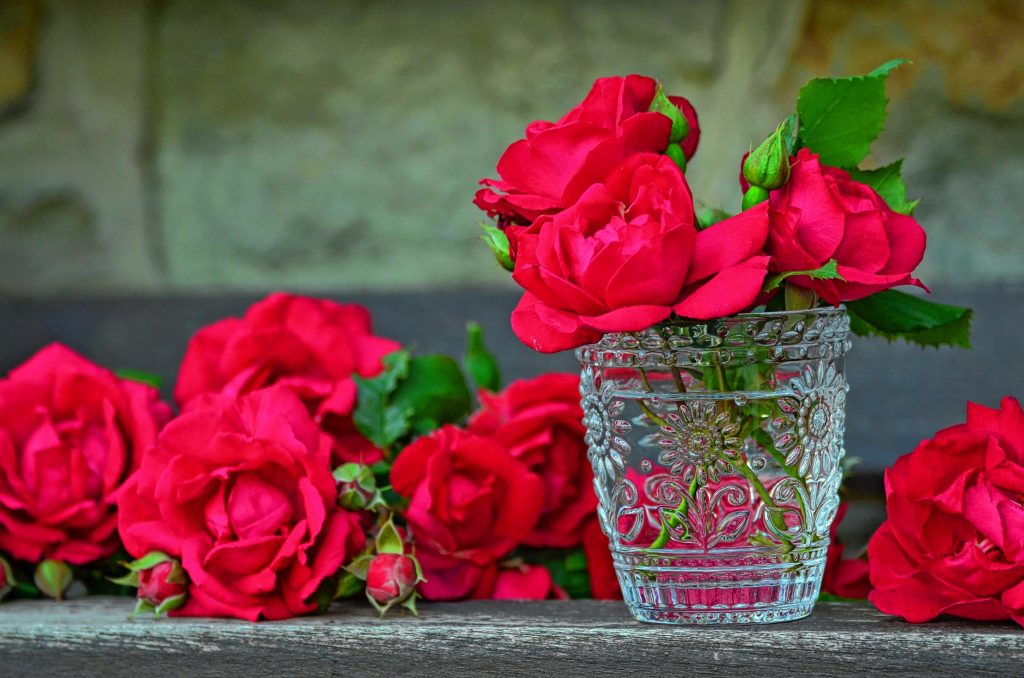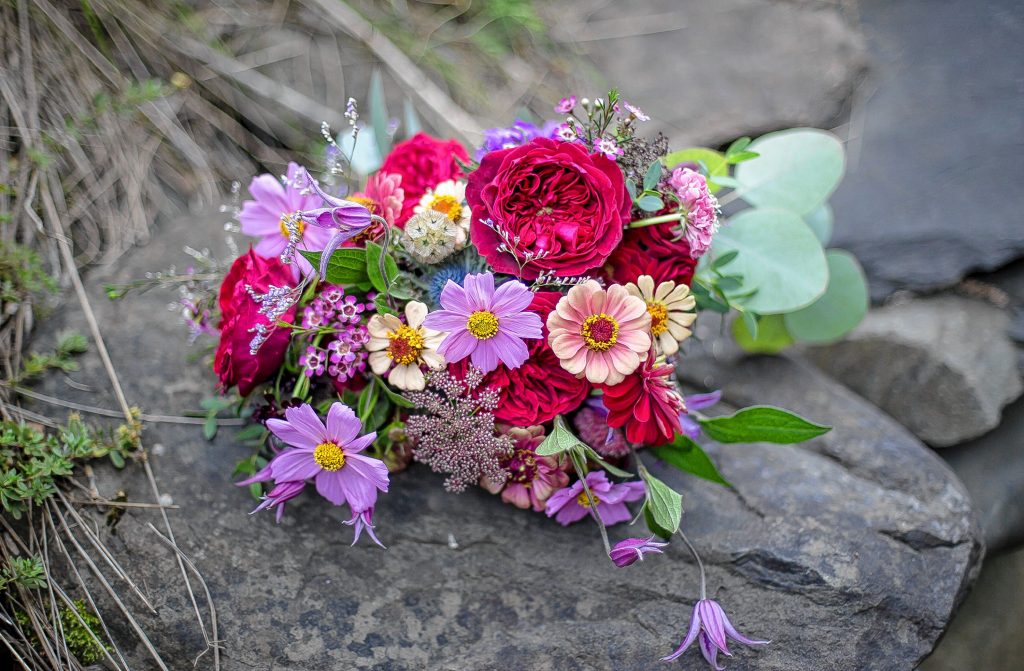With Valentine’s Day just around the corner, giving flowers often comes into mind – actually the statistics show that Valentine’s Day is the most important day of the year for florists.
Over the past several centuries books on the “language” a.k.a. “meaning” of flowers have been published, many accompanied by pastel drawings of the flowers and their perceived meanings. Today, there is a wonderful array of books available filled with either vivid photographs or beautiful drawings of flowers and their meanings, many the same as in earlier years, others more appropos for the times.
The first western language flower book or dictionary, Le Langage des Fleurs was written in 1819 by Charlotte de Latour (a pseudonym). It was extremely popular and actually created a small industry, and in time, large numbers of illustrated floral dictionaries “sprouted up” throughout France and across Europe, eventually making their way across the ocean to the U.S.
The first American book of this type was Victoria’s Dictionary of Flowers – About Flowers. The author was Victoria Jones, a floral arranger who had apparently sought refuge in the world of flowers following a fraught life, having lived in 32 foster homes by the time she reached 18 years of age.
My review of the meanings of different flowers, comparing the earlier versions with more recent publications was quite eye-opening. Victoria’s book, for instance, as with virtually all others written on this subject, universally declare the red rose (genus rosa) to mean “love,” hence the plethora of roses dispensed by florists all over the country on Valentine’s Day and other love-expressing occasions like engagements, wedding anniversaries and the like.
Be aware, however, that other colors of roses do not denote the same message. For example, a yellow rose signifies “infidelity” in both the old and new versions of the flower language writings. The more modern version of the yellow rose’s meaning begins its description with “jealousy, decrease of love,” adding infidelity at the end. Probably not a good choice if your intention is to profess your love to someone special.
The white rose is defined as “a heart unacquainted with love” whereas the modern version lists “purity, heavenly, I’m worthy of you.” Really?
And a dark crimson rose in the latest version gives “mourning” as its meaning. You probably ought to make sure any red roses you present to a loved one are in fact red, not dark crimson.
As for non-rose flowers.
There is the beautiful snapdragon, more commonly seen in larger floral arrangements. Victoria defined the snapdragon as “presumption” whereas the Farmer’s Almanac defined it as “deception, graciousness.” How can it represent both of these one must ask. (And it is all a bit of a dichotomy don’t you think)?
The opposing definitions of lavender also brought me pause: the earlier version is “mistrust” whereas the latter version is “devotion, virtue.” Hmmm.
Following are some “ABC’s” of interesting definitions of some of the flowers you may be familiar with. Some may surprise you, others may not:
Anemone: “Forsaken”
Begonia: “Beware”
Coreopsis: “Always Cheerful”
Daisy: “Innocence”
Evening Primrose: “Inconsistency”
Fern: “Sincerity”
Geranium: “True Friendship”
Hollyhock: “Ambition”
Ivy: “Fidelity”
Jonquil: “Desire”
Kalanchoe: “Endurance and lasting affection”
Lobelia: “Maliciousness”
Marigold: “Grief”
Nasturtium: “Patriotism”
Orchid: “Refined”
Peony: “Beauty”
Queen Anne’s Lace: “Sanctuary”
Rosemary: “Remembrance”
Sweet Pea: “Delicate Pleasures”
Tulip (Red): “Declaration of Love”
Umbrella Plant: “Good luck”
Violet: “Modesty”
Xeranthemum/Strawflower: “Everlasting”
Yarrow: “Cure for a broken heart”
Zinnia: “I mourn your absence”
There are definitely some things here you might want to consider when selecting flowers for a person or occasion. You can always assume that your floral gifts will be graciously accepted and appreciated for the thoughtful and meaningful gestures they are. The recipients will probably never think to check out their meanings on Google.
Seriously, there is a wonderful assortment of books about flowers, their meanings, origins, etc. that you might enjoy as you await spring and the ability to see these beautiful flowers for yourself.
Special Meaning of Flowers
There is a language, little known,
Lovers claim it as their own.
Its symbols smile upon the land,
Wrought by nature’s wondrous hand;
And in their silent beauty speak,
Of life and joy, to those who seek
For Love Divine and sunny hours
In the language of the flowers.
The Language of Flowers, London, 1875










